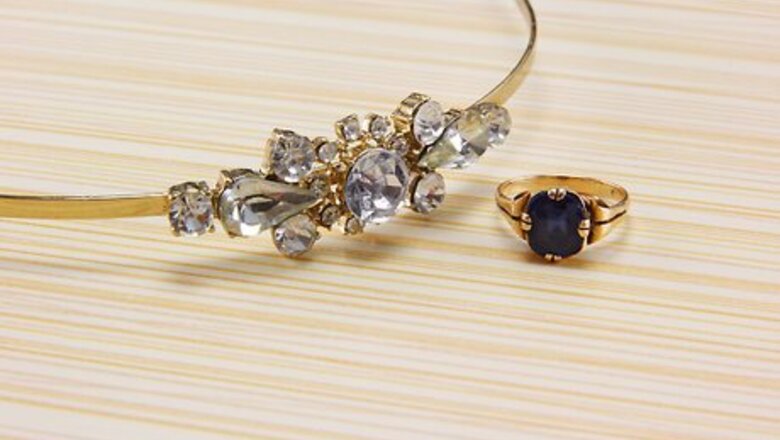
views
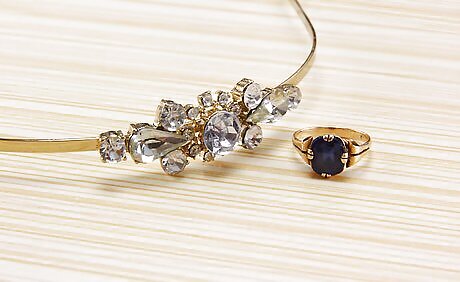
Understand why gemstones are cut and cleaned. Even the prettiest of gemstones, when excavated, is rough and unattractive. Any gemstone requires cleaning before it gains its resplendent form. Gemstone cutting is also required because quite a few gemstones possess strong and rigid crystalline structures and are too hard to be molded into any other shape. Some gems are easy to cut because of weaker bond between their crystalline layers whereas there are some which require certain special tools and skill for cutting and trimming. Then, there are few gemstone varieties that have simpler crystalline structures and can be cut in only one or in a few directions. While some, like diamond, possess a very complex structure and, therefore, can be cut in myriad ways. Each cut of a gemstone is called a facet. The term, multi-faceted has originated as a gem term that describes complex cuts that exhibit one or more facets.The reasons for cutting vary from gemstone to gemstone. Diamond requires cutting to achieve brilliance and sparkle it is famous for, while some other gemstones need cutting to be molded into a particular shape or a particular jewelry design.
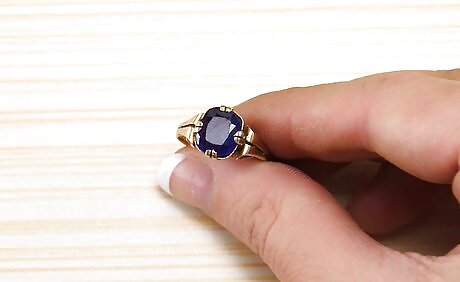
Identify the cut of your gemstone. To do this, review the definitions below: Checkerboard Cut: It is a technique where the stone is cut into a variety of square facets with regular spaces around the gem. It gives it a “Checkerboard Effect” in light and dark squares when moved in light. Checkerboard cut is common in garnets, topaz, citrines and amethysts or other semi-precious stones. Cabochon Cut: This is probably the oldest form of gemstone cutting and is characterised by rounded top and flat bottom. Cabochon cut is common in gems like star sapphire, cat's eye gemstones, tiger's eye gem stones, star gemstones and star ruby. Rose Cut: It is one of the varieties of cabochon cut where flat facets are polished into the curved area of cabochon cut stone. Brilliant Cut: Earlier rose cut method was employed for cutting gemstones. However, nowadays, brilliant cut method is mostly used for this purpose. Brilliant cut requires cutting of gem in the form of two truncated cones facing each other.

Check for blemishes. Perfect gemstones are those that carry no blemish. However, even though clarity or perfection is valued in gems it varies from gemstone to gemstone. For example, emerald does not lose its value because of its ‘’imperfection’’ (its violent formation leads to flaws even in the most valuable emeralds). Furthermore, any blemish in colored gemstones is easily visible whereas darker stone can hide this deficiency. As color gemstones vary greatly, GIA (Gemological Institute of America) classifies them as 'Type 1', 'Type 2' or 'Type 3'. Type 1: The gems falling in this category are blemish less and exhibit clean image with no mark being visible to naked eyes. Some of the stones that can be included in this category are aquamarine, yellow and green chrysoberyl, heliodor, morganite, smoky quartz, spodumene, tanzanite, green tourmaline and blue zircon. Type 2: Gemstones in this category are mostly flawless. However, there are certain flaws that they carry which make them less valuable than type 1. Stones in this category include amethyst, ametrine, andalusite, alexandrite, citrine, corundum (all sapphire and ruby), garnet, iolite, peridot, spinel, tourmaline that is not green, pink or watermelon, and zircon that is not blue. Type 3: Flawless stones are extremely rare to find in this category. Emerald, red beryl and red, pink and watermelon tourmaline are some of the stones that fall in this category.
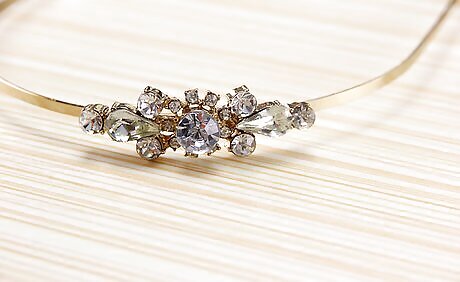
Find out the Carat or gemstone weight. Carat refers to the unit of weight in gemology. One carat is equivalent to .200 grams. However, neither weight nor size determines the value of any gem. A badly cut or colored stone will be far less in value than a smaller but perfect specimen. The weight of any gemstone is directly related to the price it commands. However, it should be noted here that a gemstone’s price may increase in geometrical progression for weights up to 3-4 carats. However, colored gemstones of 4 carats and above are priced even more than those with geometrical progression because of the low availability of colored gemstones of such sizes.
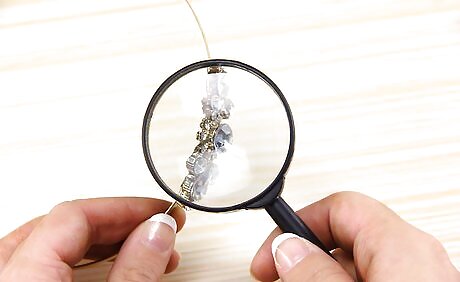
Find out if the gem has been treated. A natural gemstone always derives more value than the one that has undergone treatment to enhance color. Artificial interference always affects the value of any gemstone. Dyed or filled gemstones are always considered to be of low quality. It is difficult in today’s time to lay your hands on untreated colored gemstones that have good color quality and clarity levels. It is, therefore, not surprising to find untreated colored gemstone with good color and clarity command superior price.
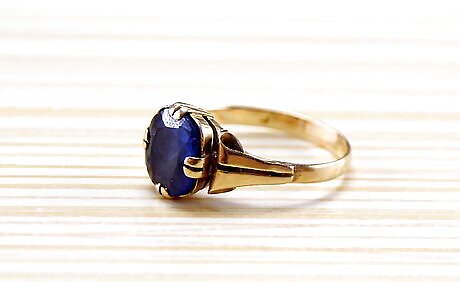
Check the transparency. Transparency in any gem is dependent on the amount of light that passes through it. Transparency in gemstones is related to its chemical and crystalline nature as well as its thickness, inclusions and its surface condition.
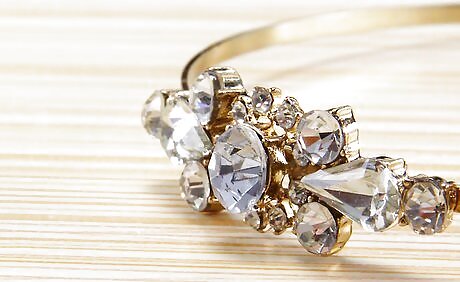
Look at the settings and closures. Understanding different settings and closures will also help you in laying your hand on “perfect gemstone.” However, even a perfect gemstone will lose its value if it is crafted in an inferior setting.
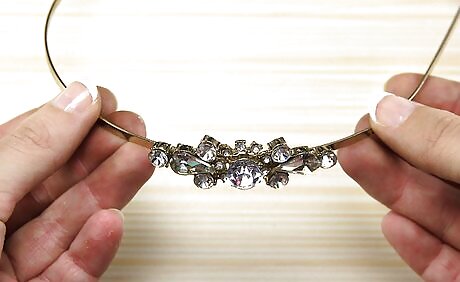
Always buy from a credible jeweler. Apart from following the above mentioned steps always remember to buy any gemstone or gemstone jewelry from a reputed and credible jeweler. He will provide you with the best quality gemstone jewelry that will fulfill your desire to be a head turner on all occasions.



















Comments
0 comment